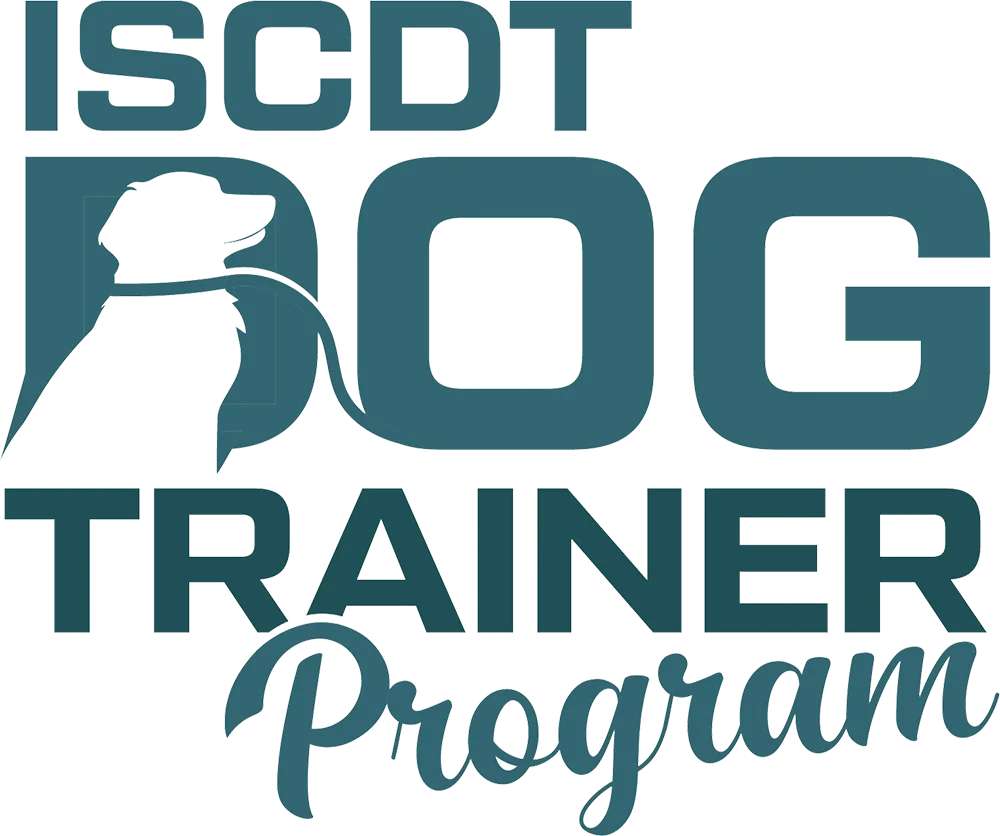We frequently receiving calls from clients wanting to know why their dog eats cat poop. Dogs eat cat poop from litter boxes, they forage in the yard for it and veer off your walking path to snatch it from grass.
To humans, this disgusting habit is unfathomable. However, dogs have a different opinion on the subject. Here are some reasons why your dog eats cat poop:
- The smell of cat poop is pleasing to the canine nose. To dogs, the taste is divine.
- Cat feces is high in protein, which makes it all the more appealing to dogs
- Boredom – a lack of mental stimulation can send a dog looking for something fun to do.
- Dogs are scavengers. They enjoy hunting for food. When there is a huge plastic container of great smelling stuff in the other room, your dog is going to indulge every chance they get. Unfortunately for you, the plastic container consists of cat waste. Each time your dog attempts to grab a piece of feces, you yell and chase him away. It makes me wonder if dogs think:
“I was in the car with you last week when you secretly enjoyed that candy bar away from the family.
Every time I locate the litter box, you yell for me to get away. You probably sneak the cat’s poop while I sleep.”
All kidding aside, here are some possible health reasons that lead dogs to eat cat poop, or any animal poop, including their own:
- According to Pet MD, certain health issues, such as , “Cushing’s disease, intestinal malabsorption/mal-digestion, or diabetes mellitus”, can cause a dog to search for something to eat due to extreme hunger. So can some medications. I experienced this when my dog was on steroids. He didn’t eat feces, but he stole food every change he got, which was out of character for him.
- Dogs who lack certain vitamins as a result of low-grade dog food.
What issues can eating poop cause for your dog?
Moving beyond gross eating habits, smelly breath and leftover residue around your dog’s mouth, lies a far greater concern. That concern is the possible health issues your dog, family members and you can suffer as a result of your dog consuming cat feces.
A major health concern for poop-eating dogs is exposure to potential pathogens. There is a ton of bacteria in feces. Pet MD indicates that “a large dose of Clostridia, Salmonella, Campylobacter, or other disease-causing bacteria found in cat feces has the ability to make a dog sick.” Salmonella is one type of bacteria that can be transmitted to humans. Parasites are another risk cat feces poses for our canine friends.
Symptoms for a dog who contracts these illnesses can range from gastric upset and lethargic behavior to muscle weakness and seizures. We can’t assume a dog is safe from bacterial illnesses and parasites just because the cat doesn’t display signs of illness. Healthy-looking, asymptomatic carriers can transmit illness to dogs through their waste.
Lets talk about the dangers of cat litter. Some brands of cat litter are designed to clump after a cat urinates. This awesome feature makes clean up easier for owners. Now your dog walks over to the litter box and consumes a mouthful of cat feces. He is likely consuming cat litter attached to the feces and possibly mouthfuls of litter that surround the feces. As the litter travels through the digestive tract it clumps together. Dogs who consume large amounts of cat litter can possibly suffer a blockage or severe constipation {source: Locust Valley Vet}.
How do we prevent dogs from eating cat poop and what can we do to protect our dogs from illness?
I wish there was a magic solution to this problem. Sadly, there is not. Here are tips to help you curb the behavior and to ensure your dog remains healthy.
Training
- Teach your dog leave it, drop, place and recall commands. Once your dog fully understand and respond well to these commands, you can use them to stop your dog from approaching the litter box and/or to walk away from it without consuming feces.
- Nothing in life is free. Dogs need jobs. We create jobs for our dogs by training them to follow commands and teaching them to remain in commands until released. If your dog wants to go for a walk, he must work for that privilege. While it may seem mean, your dog thrives on structure and routine.
- Teach them new commands or tricks. Request that they perform that command/trick before receiving a treat.
- When you cannot watch your dog, crate or place them. For dogs who know the place command, use it when you leave the room, to ensure they do not sneak off to find that litter box in your brief absence.
Embrace your dog’s instincts.
As we mentioned above, dogs are scavengers by nature. We can nurture this trait without being disgusted by it. Put the food bowl away and make your dog hunt for his food. Here are some feeding tips:
Use treat releasing toys. Treat releasing items come in various shapes and sizes. My dog has a stick that releases food when she flips it, triangular toys, a toy that wobbles and releases food when pushed the right way. We also have various treat-releasing balls, twisting toys, and toys that include varying levels of difficulty.
Snuffle Mats are an excellent way for dogs to forage for food. You should monitor your dog when using a snuffle mat to ensure they will not eat it. My dog eats from snuffle mats every day. Her most recent snuffle mat included large suction cups that prevent dogs from picking it up in their mouth and flipping it.
Puzzle games: Another entertaining way to feed your dog is with puzzle games. The downside to these games are the dog’s ability to quickly figure out how to open the door or slide the drawer to get the food. The good news is that you can purchase more challenging dog puzzles. If you are looking for challenging games, check out the beaker game or the slot machine game. My dogs continue to struggle with the bottle that has the rope toy coming out of the opening. We don’t want to frustrate the dog by making the activity too difficult for them, so I don’t offer that toy very often. When I do, I make sure I also leave toys they are successful at.
If your dog eats wet food as part of their meal, I find dogs will engage in these activities when we provide a different dog food (as a treat) or even Cheerios. Keep in mind that the consuming extra calories may affect your dog’s weight. When adding additional food to their daily intake, you may want to consider cutting down the amount of food they receive at mealtime. Check with your vet before making any dietary changes.
Kong or marrow bone stuffed with smooth substances: Most dogs enjoy these items. These are also an alternative for a dog who eats wet food mixed with their kibble. For dogs who don’t mind working a little harder, you can freeze the Kong or marrow bone with the smooth substance inside. Marrow bones come pre-filled or hollow.* Want to stuff them with something other than peanut butter, Pinterest has some great recipes.
*The marrow bones I am referring to do not come from the butcher. Instead, you can purchase them pre-filled or hollow from a pet store or Amazon.
Homemade puzzles and food releasers: If you want your dog to try these activities before you invest in treat-releasing toys, here are some homemade ideas to try.
Gatorade bottle. Put dog food in a Gatorade bottle or other wide-neck bottle. Let your dog figure out how to release the food from the bottle. Remove the cover and the plastic ring that surrounds the neck of the bottle before giving it to your dog.
Paper towel cardboard tubes. Fold one end, pour food inside and fold the other end. Your dog will toss it around and eventually tear up the cardboard to release the food. My dog tears it up but does not eat the cardboard. This is not recommended for dogs who consume non-food related items.
Cupcake pan. Fill each cup of the pan with dog food. Place balls on top of each filled cup. The dog must figure out that removing the ball gains access to the food.
Note: Whether you use a homemade suggestion or buy treat releasing toys, always monitor your dog while they use the items. We want to avoid using anything that poses a choking hazard or other medical emergencies for your dog.
Indoor or out outdoor games:
You can also mix mental stimulation with physical exercise. Below are a few suggestions to that will accomplish both.
Play frisbee or ball with your dog. Make your dog drop the item they bring to you before you will toss it again. Playing with two toys prevents your hands from mistakenly ending up in between your dog’s teeth. This game also teaches your dog self-control (you do not throw the toy until after the dog drops it).
Obstacle course or agility: You can create these activities with items around your home or buy them online (some for a reasonable price). Teach your dog to weave, jump, crawl and leap. There are some breeds of dog who live for this activity.
Structured walks: A five mile walk with a dog who is looking for trouble or pulling on the leash does not compare to a walk where the handler practices sit-stay, recall, look command, walking on a loose leash and heel. A dog who works on a walk will likely return home mentally satisfied or exhausted, thereby lowering the likelihood they will seek out trouble. That is, unless they honestly LOVE cat waste. If this is the case, our maintenance tips should help.
Maintenance:
Families with cats living in the home should keep litter boxes high so the dog cannot reach them. They can also place it in a room with a small door that allows the cat access, but is too small for the dog to fit through.
If cats use your property as their own personal bathroom, you will have to stay with your dog while he roams the yard to ensure he doesn’t eat poop belonging to cats or other animals. Train your dog to understand and respond to leave it, drop and recall commands. This practice will also help when walking the neighborhood.
To ensure the health and safety of your dog:
- Have your dog checked regularly for parasites
- Keep up-to-date on deworming meds
- Have the vet check for a possible vitamin deficiency and/or illnesses that can lead to this behavior.
- Make sure your dog eats high quality dog food. Merrick Vet Manual has information on proper nutrition.
Please seek medical advice for any issues you may have concerning this behavior. This blog is not intended as medical advice, nor should it ever replace a discussion with your veterinarian.
While I mentioned earlier in this article that preventing your dog from eating cat feces was not a quick fix, we’ve provided a ton of tips to help. Let us know if our tips helped curbed your dog’s issue with eating poop.
For dog owners returning to work in the coming weeks, now is the time to prepare your pet. Our article, How to Return to Work Without Stressing your Dog, is now available with tips to make the transition easier for your canine best friend.
![]() Whether you are looking to study dog training or hire a dog trainer, ISCDT can help. Visit ISCDT.com to learn about the programs we offer.
Whether you are looking to study dog training or hire a dog trainer, ISCDT can help. Visit ISCDT.com to learn about the programs we offer.
Cover photo credit: Tamara-Bellis-on-Unsplash



